On my most recent walk, north of Charlotte to Concord and Kannapolis, as Lawson and I pass the halfway point in this journey and begin turning back east toward the coast, I got to spend some time with the delightful Mary Newsom, of the University of North Carolina-Charlotte Urban Institute, which applies its time and study to the social, economic and environmental challenges facing communities. She's just been all involved in a project called City of Creeks, which documents the troubled treatment of the creeks that drain Charlotte.
| I was looking forward to talking to her. Lawson talks constantly about creeks and rivers. "Abounding in many pleasant and delightsome rivulets," is one way Lawson describes the country around Charlotte. Elsewhere he calls the same territory full of "curious bold Creeks, (navigable for small Craft) disgorging themselves into the main Rivers, that vent themselves into the Ocean. These Creeks are well stor'd with sundry sorts of Fifth, and Fowl, and are very convenient for the Transportation of what Commodities this Place may produce." He encounters the Haw, which he calls "most pleasant," and later a river he calls the Rocky, which he also describes as "very pretty." |
These creeks have, you might say, industrial disease. Until the Clean Water Act of 1972, that's just how things went. Even then, the CWA focused initially mostly on point sources like factories or wastewater treatment plants.
But in recent years, the worst sources of pollution are nonpoint sources: farms and stormwater runoff. So to address the flow of silt, pollutants, and nutrients that cause algae blooms and fish kills, many places -- including the state of North Carolina -- have adopted the common-sense technique of riparian buffers. That is, they leave a strip of land along creeks and streams undisturbed, allowing the natural plants to flourish. Those plants clean water flowing through, absorbing pollutants, with the added benefits of providing wildlife habitat, sequestering carbon, and offering recreational space for kids, hikers, explorers. In North Carolina the buffer is 50 feet. Wetlands have flourished, as have rain and water gardens. Waters have improved.
So, everybody wins: planet, streams, citizens, animals. You had to figure legislators couldn't leave way better than well-enough alone, and in North Carolina you'd be right.
This week they passed a bill allowing developers to dig right up to the waterside, as long as they eventually planted something back on the 30 feet closest to the river.
So think this through. Silt and fertilizer are the two scourges of modern waterways, and this change allows developers to silt up the creek while they build and then plant new stuff and fertilize it afterwards. "And that's planting stuff," said Newsom, noting that the plantings would come long after invasive plants had established footholds in the scarred creekside. Add in what any gardener worth her or his soil knows -- half of what you plant will probably die no matter what you do; establishing a garden takes years -- and you've got an unconscionable assault on the state's waterways. Given the enormous amount of development taking place in North Carolina, no sane person could claim that developers are having a tough time here due to our stringent environmental regulations. So this law looks like something between pure greed and vandalism -- stomping over the environment just because they can. And by "they" I mean the legislators who approved this offense, and you may guess for yourself which party dominates when the bill removes regulation that protects citizens and the earth, and not corporations.
Oh, by the way. The bill also makes it harder for places to add bike lanes to their streets.
Worse for pedestrians, worse for bicyclists, worse for the creeks, worse for the planet. Better for developers.
Over the last several decades North Carolina has worked hard to try to return to the "pleasant and delightsome rivulets" that Lawson saw. Looks like the current legislators don't know their Lawson. Or their history.
Or their own best interest.
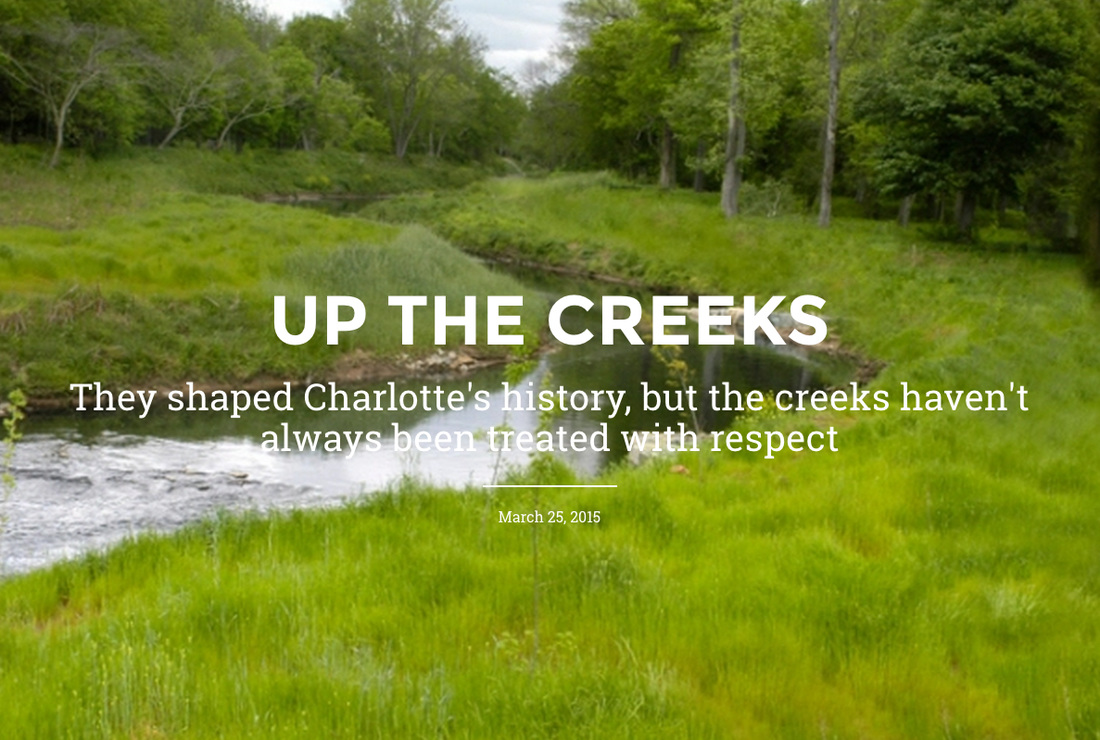
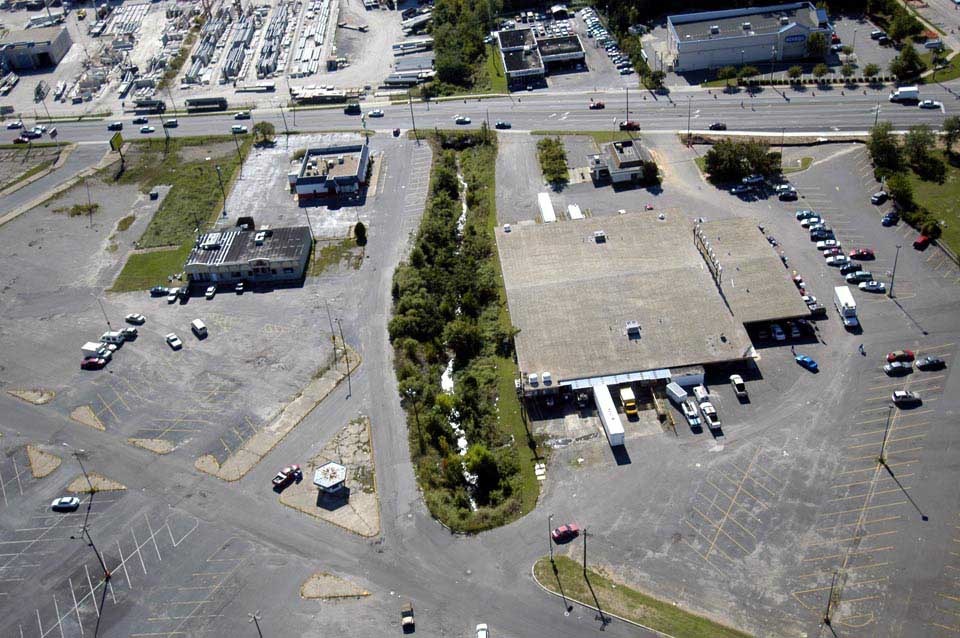
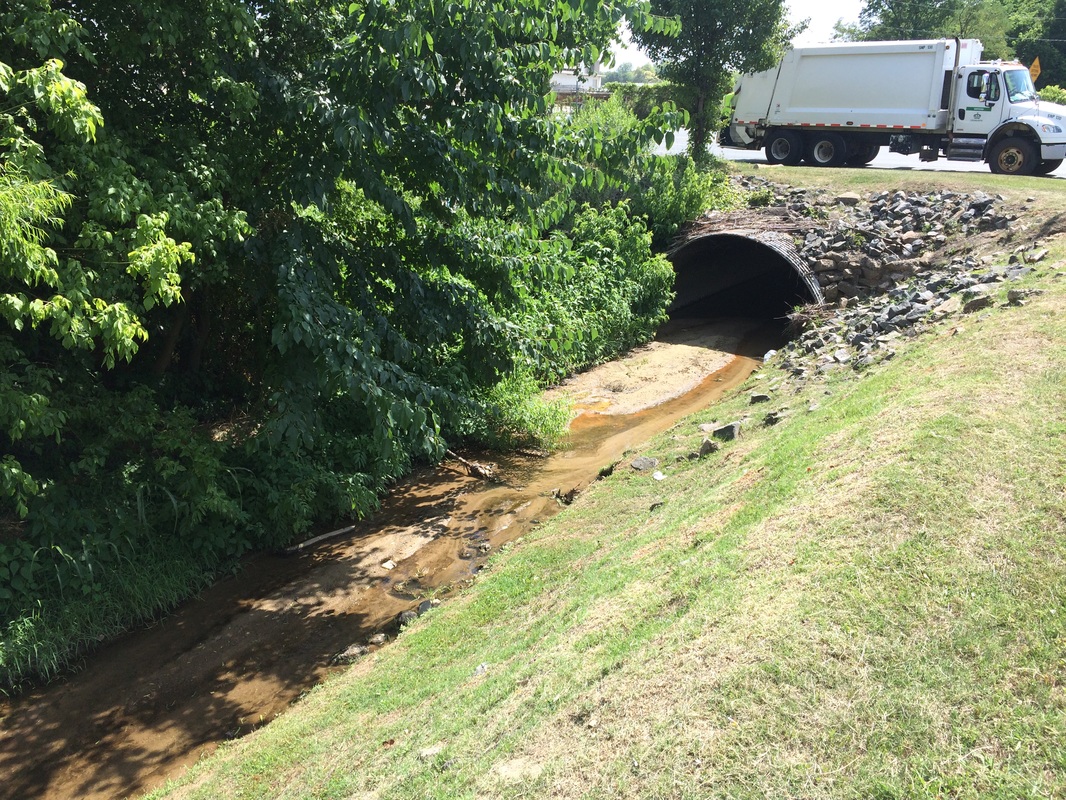

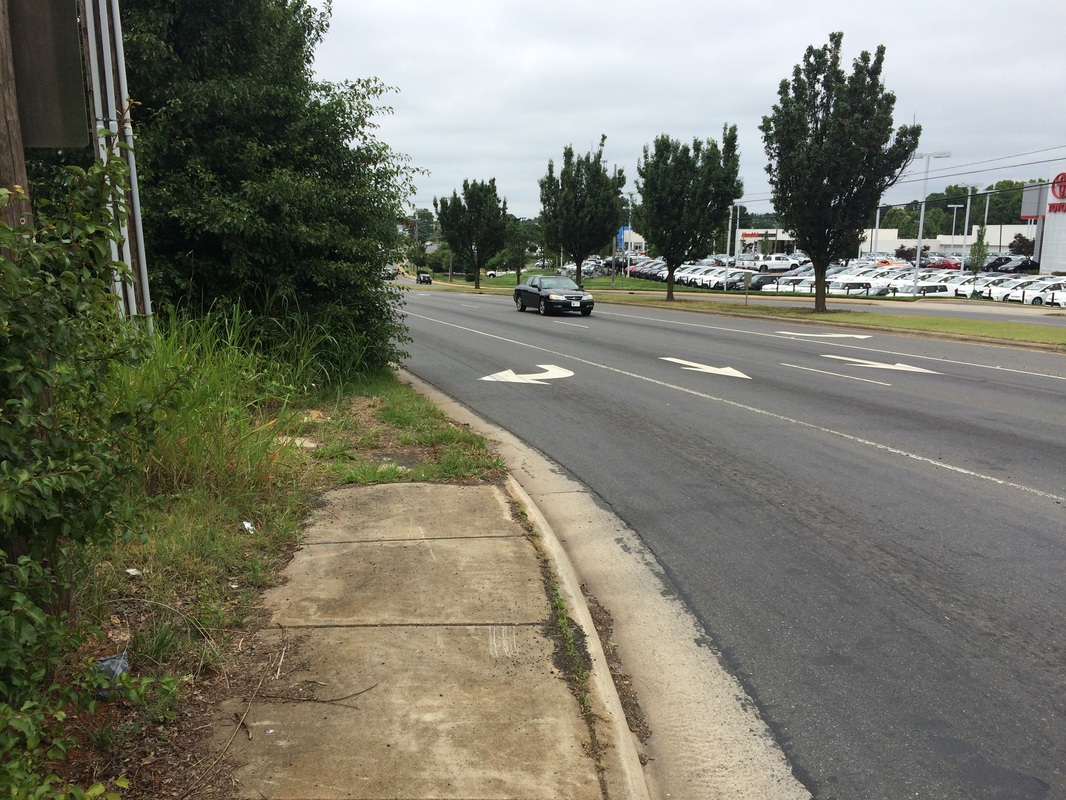
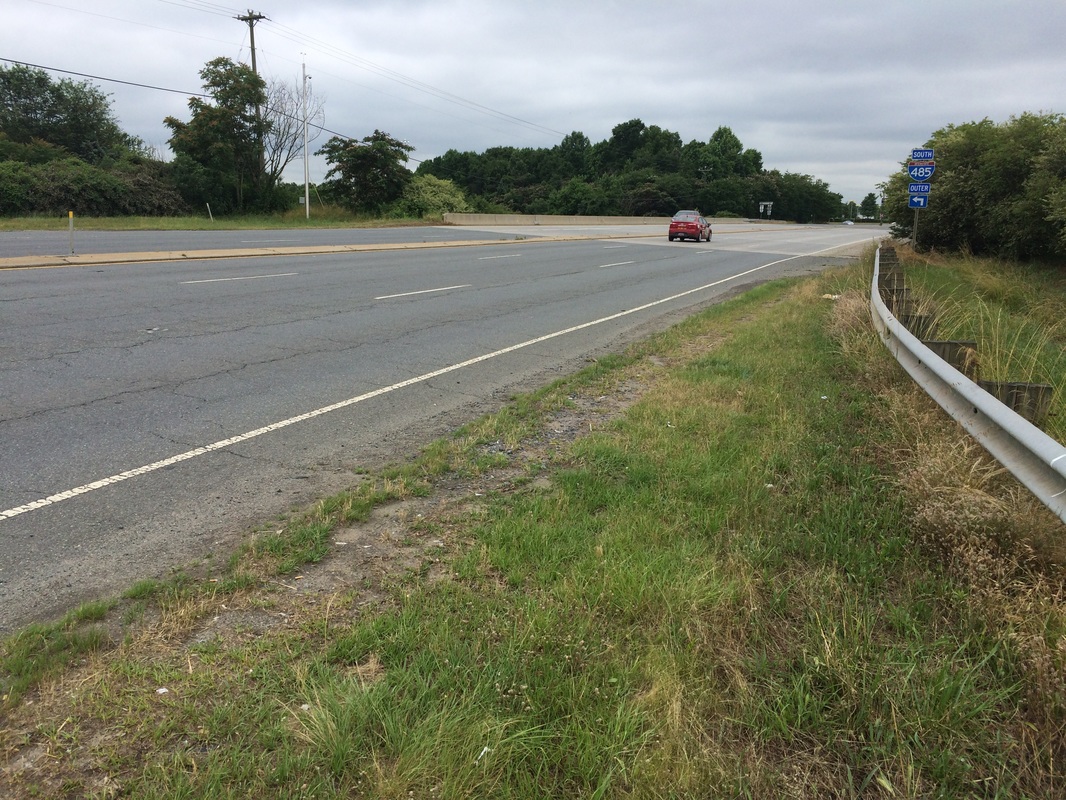
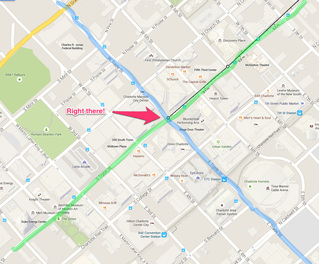
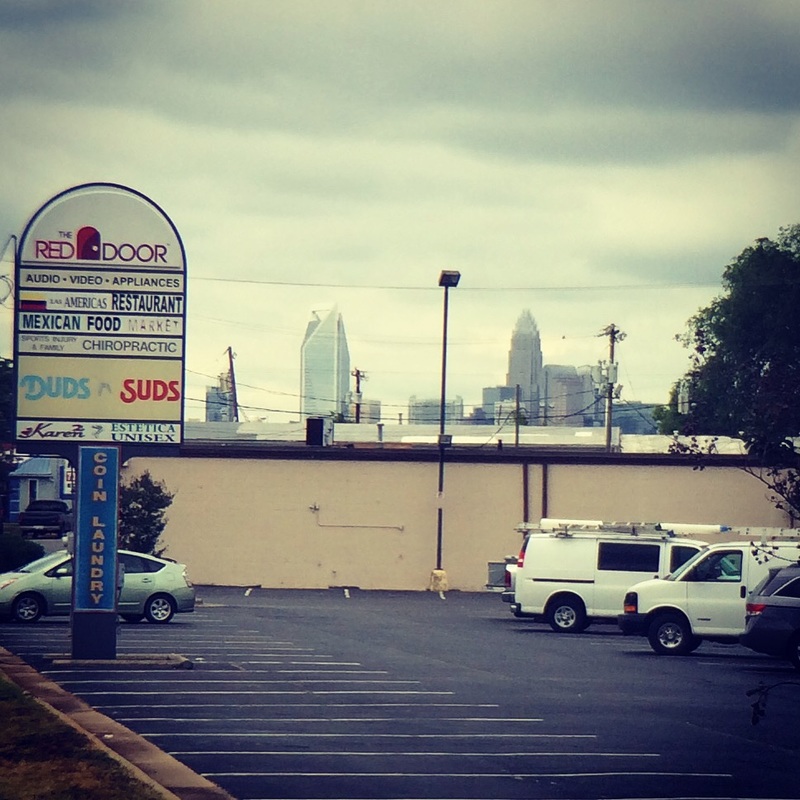
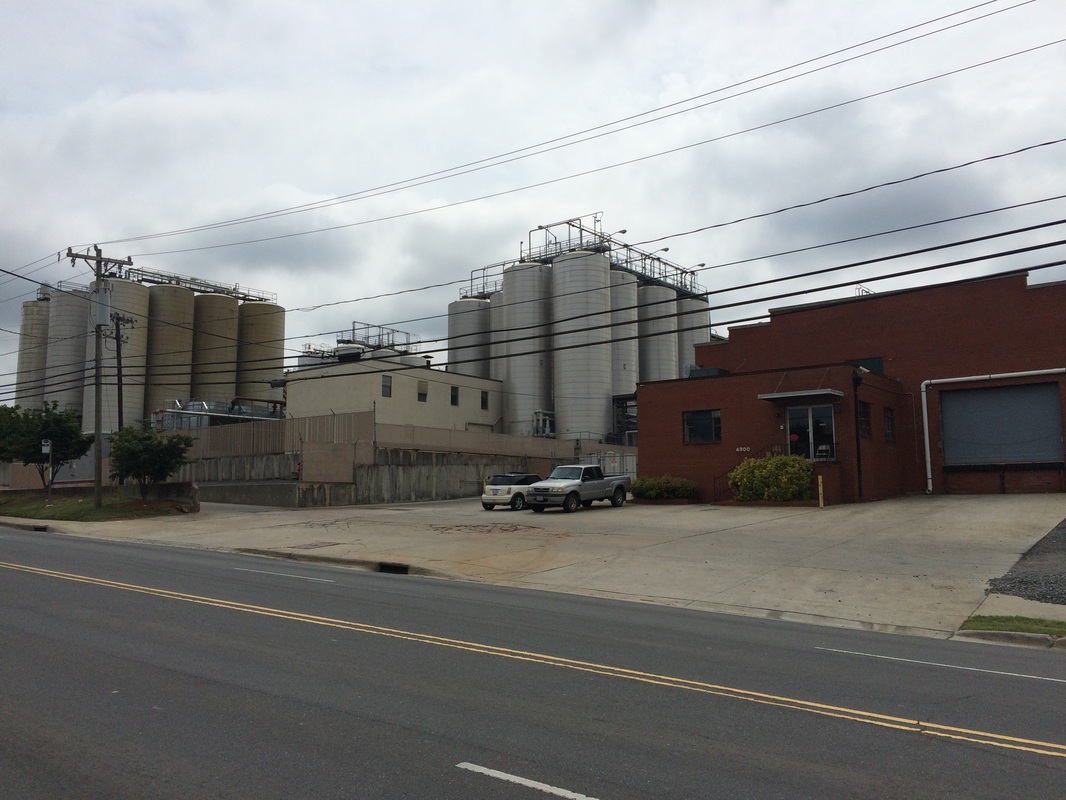
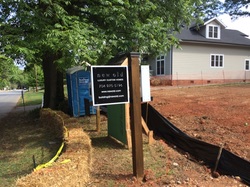
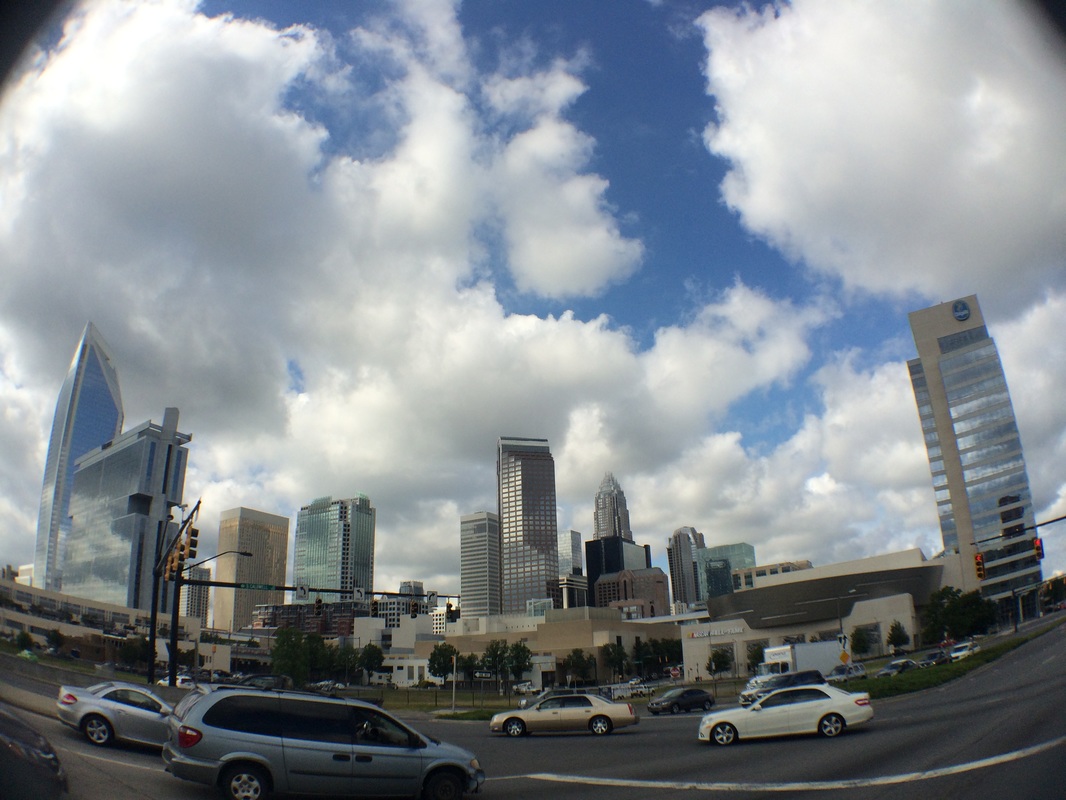
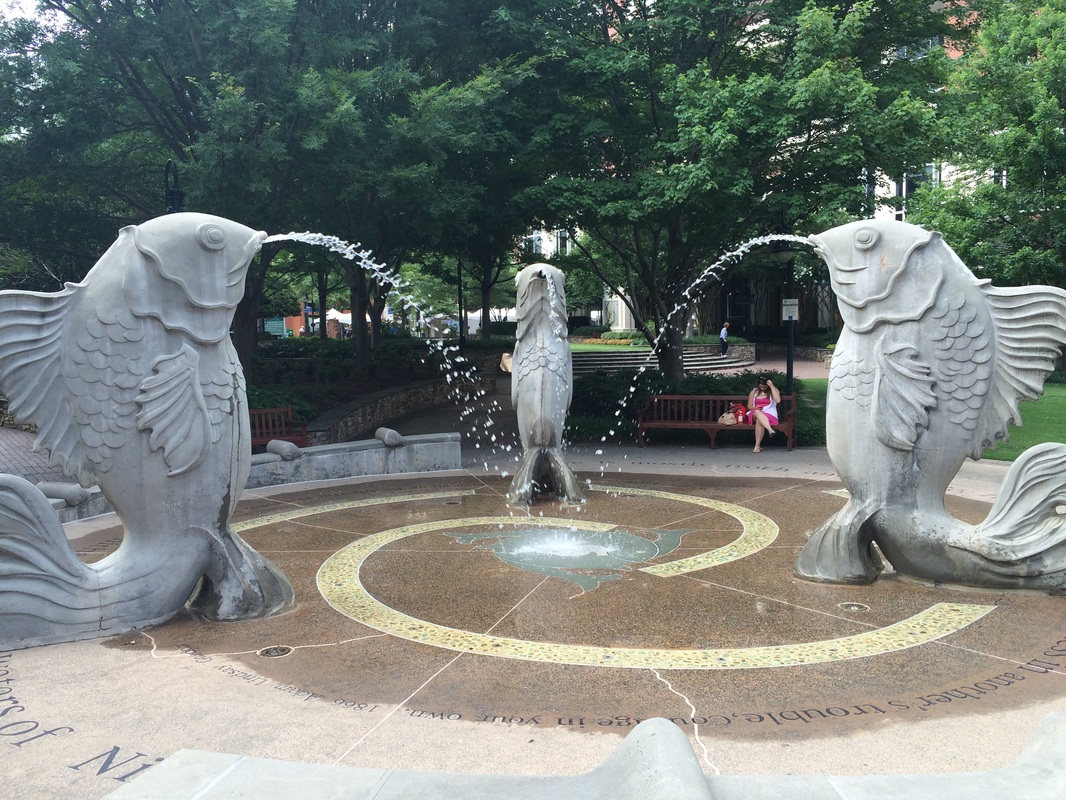
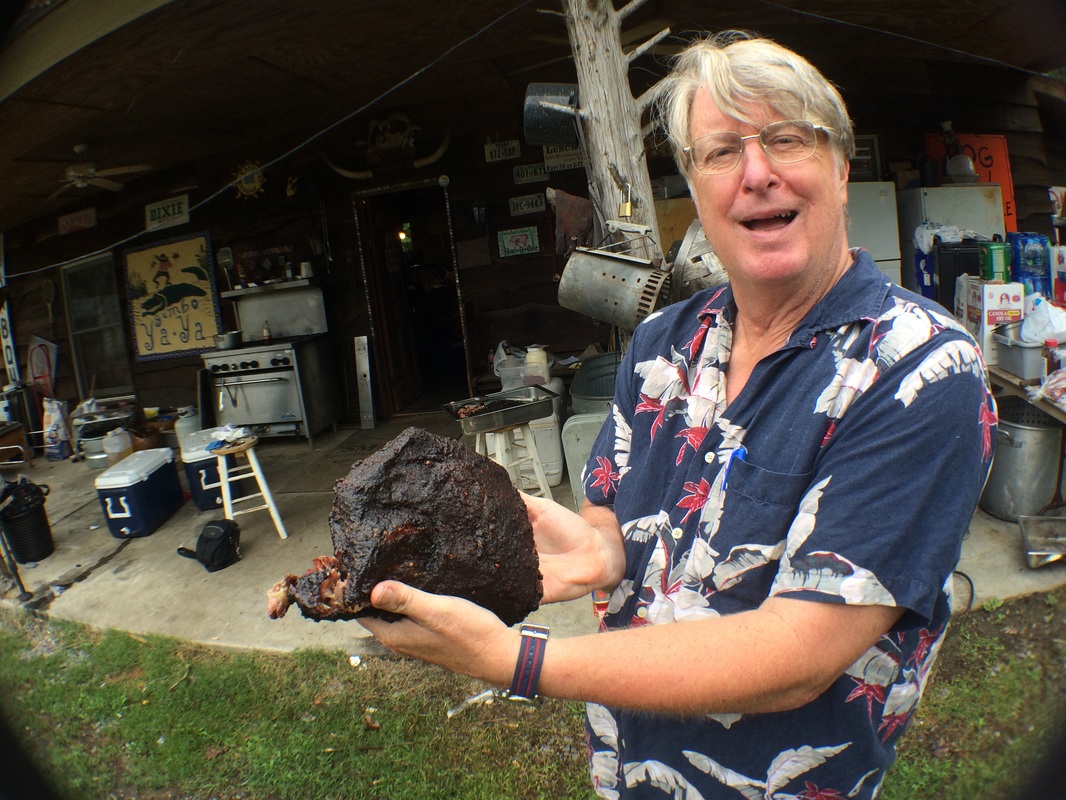
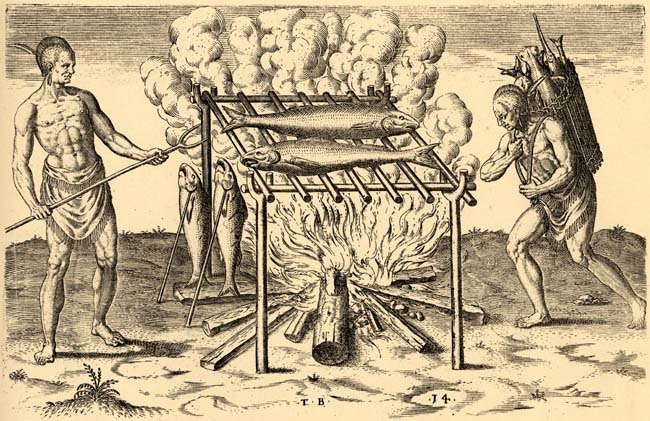
 RSS Feed
RSS Feed